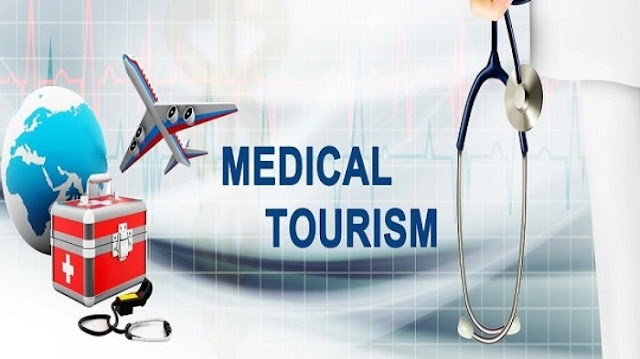What Does A Blood Clot In The Leg Feel Like?
A blood clot in the leg, also known as bottomless vein thrombosis (DVT), can have various symptoms, and individuals may experience them differently. It's vital to recognize the signs and seek medical attention promptly, as DVT can lead to serious complications if left untreated. Here's a detailed exploration of what a blood clot in the leg might feel like:
Swelling:
One of the most common signs of a blood clot in the leg is
swelling. The affected leg may swell noticeably, and this swelling is often
unilateral, meaning it occurs in only one leg. The swelling might make one leg
appear larger or feel tighter than the other.
Pain or Tenderness:
Individuals with a DVT often experience pain or tenderness
in the affected leg. The pain can choice from a dull ache to intense discomfort
and may be more pronounced when standing or walking. It typically occurs in the
calf, but it can also affect the thigh or the entire leg.
Warmth and Redness:
The skin over the clot may feel warm to the touch and appear
reddish or discolored. This warmth and redness are signs of inflammation
associated with the clot. If you notice these changes, especially when
accompanied by other symptoms, it's important to consult a healthcare
professional.
Swollen Veins:
In some cases, the veins near the skin's surface may become
more visible and appear engorged. This is known as superficial thrombophlebitis
and can be a logo of a blood clot in the superficial veins. While it's not as
severe as DVT, it still requires medical attention.
Pain or Discomfort When Flexing the Foot:
A common test for DVT is called Homan's sign. It involves
dorsiflexing the foot (pulling the toes toward the shin) while the knee is
extended. If this maneuver causes pain in the calf, it may be suggestive of a
blood clot. However, Homan's sign is not considered a definitive diagnostic
tool, and a healthcare professional will rely on other tests for confirmation.
Pain or Discomfort While Walking:
Some individuals with DVT may experience pain or discomfort
when walking, which is often described as a cramping or pulling sensation. This
is known as claudication and can be a sign that blood flow is compromised due
to the clot.
Unexplained Shortness of Breath:
In severe cases, a blood clot in the leg can break unattached and travel to the lungs, causing a life-threatening illness known as a pulmonary embolism. Symptoms of a pulmonic embolism include sudden shortness of breath, chest pain, rapid heart rate, and dizziness. If you experience these symptoms, seek emergency medical care.
It's important to note that not everyone with a blood clot
will experience all of these symptoms, and some individuals may not have any
noticeable symptoms at all. Additionally, conditions other than DVT can cause
similar symptoms, so a healthcare professional will perform diagnostic tests,
such as ultrasound or a D-dimer blood test, to confirm the presence of a blood
clot.
Conclusion
If you suspect a blood clot in your leg or experience any of
the mentioned symptoms, seek immediate medical attention. Early detection and
prompt treatment are crucial for preventing complications associated with deep
vein thrombosis. Never ignore persistent leg pain, swelling, or discomfort,
especially if you have risk factors such as a history of blood clots, recent
surgery, or prolonged immobility.




Comments
Post a Comment